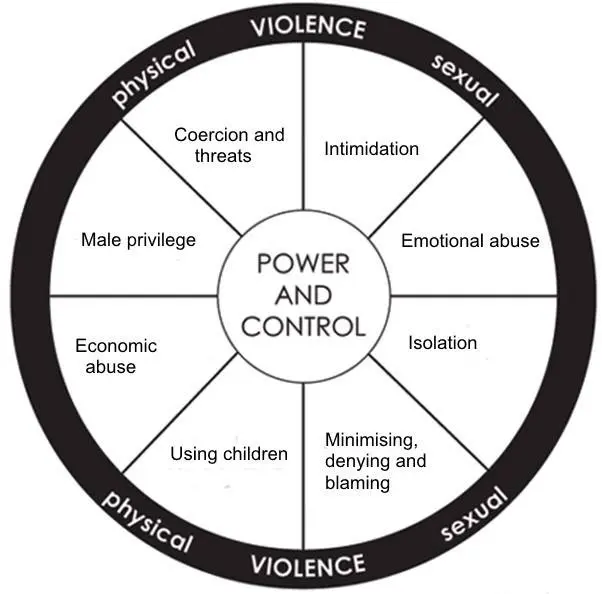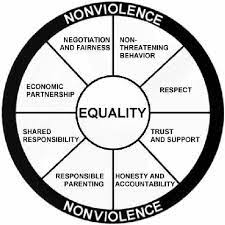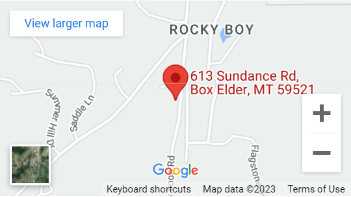We’re Here for You
Safety Planning and Domestic Violence Awareness
Caring for the Justice and Safety of Victims of Abuse
It is the mission of the Chippewa Cree Tribal Victim Services to serve the needs of the victims/survivors of domestic and sexual violence who seek our services while working to end violence against native women and their children.
TRIBAL VICTIM’S ADVOCATES:
Victim of Crime Specialist
Bernida Denny (406) 395-6632
Child Advocate
Elaine Coffee (406) 395-6634
Shelter Advocate
Florence Standing Rock (406) 395-6631
Outreach Coordinator
Krisanne Billy (406) 395-6635
Outreach Coordinator Assistant
Victim Services Director
Kaycee Henry (406) 395-6633
RESOURCES and SUPPORT
Rocky Boy Police Department
(406) 395-4513
Chippewa Cree Tribal Courts
(406) 395-4735
HRDC—Hotline DV
(406) 265-2222
National Domestic Violence Hotline
1(800) 799-7233
StrongHearts Native Helpline
1-844-7NATIVE
1(844) 762-8483
Current and Upcoming Events
Batterer’s Intervention
Classes are being offered
Class Days are Tuesdays and Thursdays
from 4:30 pm to 5:30 pm
Location: Chippewa Cree Tribal Court
Conference Room (Blue Building)
The schedule is subject to change
Our Office Provides:
We Provide Services for All Types of Victimization

What Is Domestic Violence?
Domestic violence is a pattern of abusive behavior in any relationship that is used by one partner to gain or maintain power and control over an intimate partner. Domestic violence can be physical, sexual, emotional, psychological, or technological actions or threats of actions, or other patterns of coercive behavior that influence another person within an intimate partner relationship. This includes any behaviors that intimidate, manipulate, humiliate, isolate, frighten, terrorize, coerce, threaten, blame, hurt, injure, or wound someone.
Types of abuse: Physical, Sexual, Emotional, Economic, Psychological, Technological
What Are the Power and Control Wheel AND Equality Wheel?

The Power and Control Wheel was created to help describe the experience of victims of violence and the tactics that abusers use.
This wheel serves as a diagram of tactics that an abusive partner uses to keep their victims in a relationship. The inside of the wheel is made up of subtle, continual behaviors over time, while the outer ring represents physical and sexual violence.
This tool is used in the field of domestic violence to identify and understand the manipulation and control tactics abusers employ to exert power and control over their victims. These behaviors are the spokes of the wheel. Physical and sexual violence holds it all together—this violence is the rim of the wheel.

The Equality Wheel was developed not to describe equality per se but to describe the changes needed for partners who batter to move from being abusive to a non-violent partnership. For example, the “emotional abuse” segment on the Power and Control Wheel is contrasted with the “respect” segment on the Equality Wheel. So the wheels can be used together as a way to identify and explore abuse, then encourage non-violent change.
The Equality Wheel gives an example of how healthy relationships should function. It illustrates the important aspects of a mutually gratifying relationship.

Safety Plan for Your Children
Source: American bar association
Checklist: What You Should Take When You Leave
Legal Papers
Other
Identification
Paper
MISSING PERSONS
If you have any information, please contact (406) 395-4513



